
The legacy of monocultures
Like the biblical Plagues of Egypt, after the unresolved problem of Apple Proliferation, here comes the problem of Flavescence Dorèe. Is this perhaps the answer to the prospected great opportunity for the economy, the transition from apple monoculture to viticulture, in Val di Non? Perhaps these are the knots coming to the boil of those who think that to do healthy agriculture in a sick environment it is enough to diversify the type of crops.
We ask farmers whether by 'preparing for the future' they mean going backwards. The story of a return to viticulture abandoned at the end of the 19th century or the story of resistant vines peddled to winegrowers, who, it is appropriate to say, are really buying it, is not a way to preserve the environment. Research and innovation cannot remain a promise. In Trento, from the small Gaismayr square dedicated to the leader of the peasant revolt (1490-1532) a faint voice rises: 'wake up, your ancestors were reacting to the selfish exploitation of nature that leads to its death’. Reclamation, wise and controlled exploitation of the land, common good in harmony with individual needs were what the peasants of the time wanted to pursue, which meant a general renewal of society.
Today is no longer the time for revolts, battles, wars, and warfare, or rather, Nature is calling for a reversal. It is no longer time for arguments, slander and lies. Nature calls for an alliance. And it calls for a general abandonment of exploitation: environmental exploitation, exploitation of natural resources, of forests, of the soil in relation to intensive agriculture, but also to the cultivation operations themselves as they are ultimately part of an industrialised model of agriculture that profoundly alters ecosystems.
The apple factory and then the grape factory, built with chemistry without regard for biological processes and without adequate scientific basis, are not an agro-ecological model to pursue.
The Why of monocultures
Commercial agriculture, or rather industrial-type agriculture, is the womb of monocultures. And not only because of the larger areas and more productive soils that characterise it, what drives it is the exploitation of these. 500 years after the Tyrolean peasant revolt and the murder of the German Michael Gaismayr in Padua, nothing has changed.
Only the forms in which the motive manifests itself have changed: I have money.
Disrupting the agri-environmental balance, wiping out landscapes and biodiversity, making supplies difficult and the agri-food economy harsh is the perverse logic of monocultures: I have money.
The transition from farming to entrepreneurship took place on the basis of this promise: I have money.
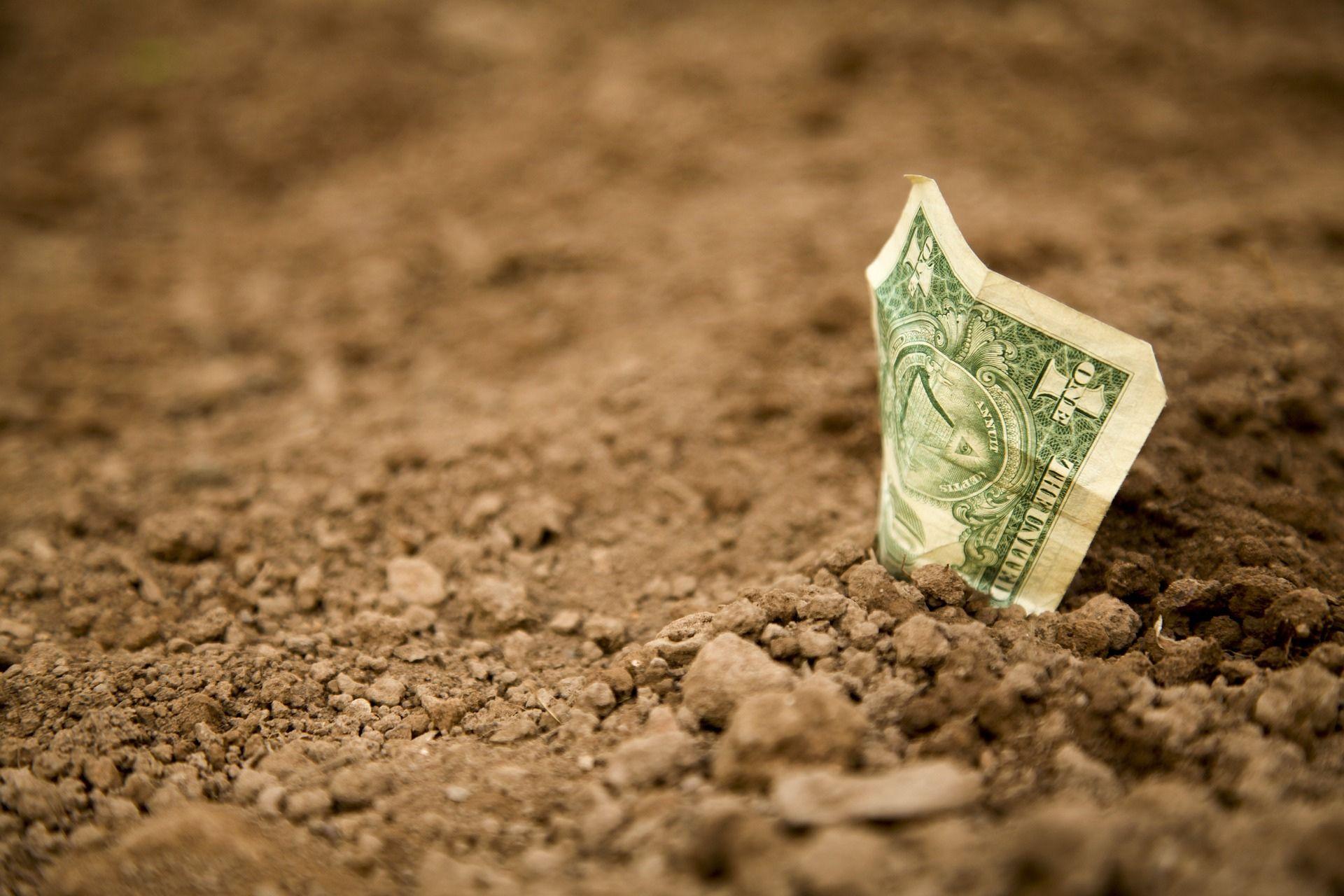
As a result, monocultures have turned the agricultural product into a commodity, leading to major agricultural consequences and social, economic, political, and ecological repercussions.
The How of monocultures
Let us now see how maximising the economic result has affected the ecosystem.
Intensive monocultures
On our continent, but also worldwide, the development of monocultures has come about as a result of the practice of intensive agriculture, whereby a single crop is produced over very large areas, making extensive use of advanced technology, machinery and chemicals that have enabled very high yields per hectare.
But the environmental impacts, including the lives of farmers, were not taken into account. Let us talk about the abuse of chemicals.
What appeared to be a source of employment and economic activation actually left room for the compromise of natural resources and the denial of the same to subsequent generations.
Chemical abuse and soil destruction
The earth is unforgiving. These are Carlo Petrini's words to make us understand the destruction of the soil caused by the abuse of chemistry, but all it takes is one eye on the withered produce in the supermarket. We experience it every day when we open our mouths to taste those “without taste”, unable to preserve themselves because they are close to rotting. They are the products of an earth close to sterility.
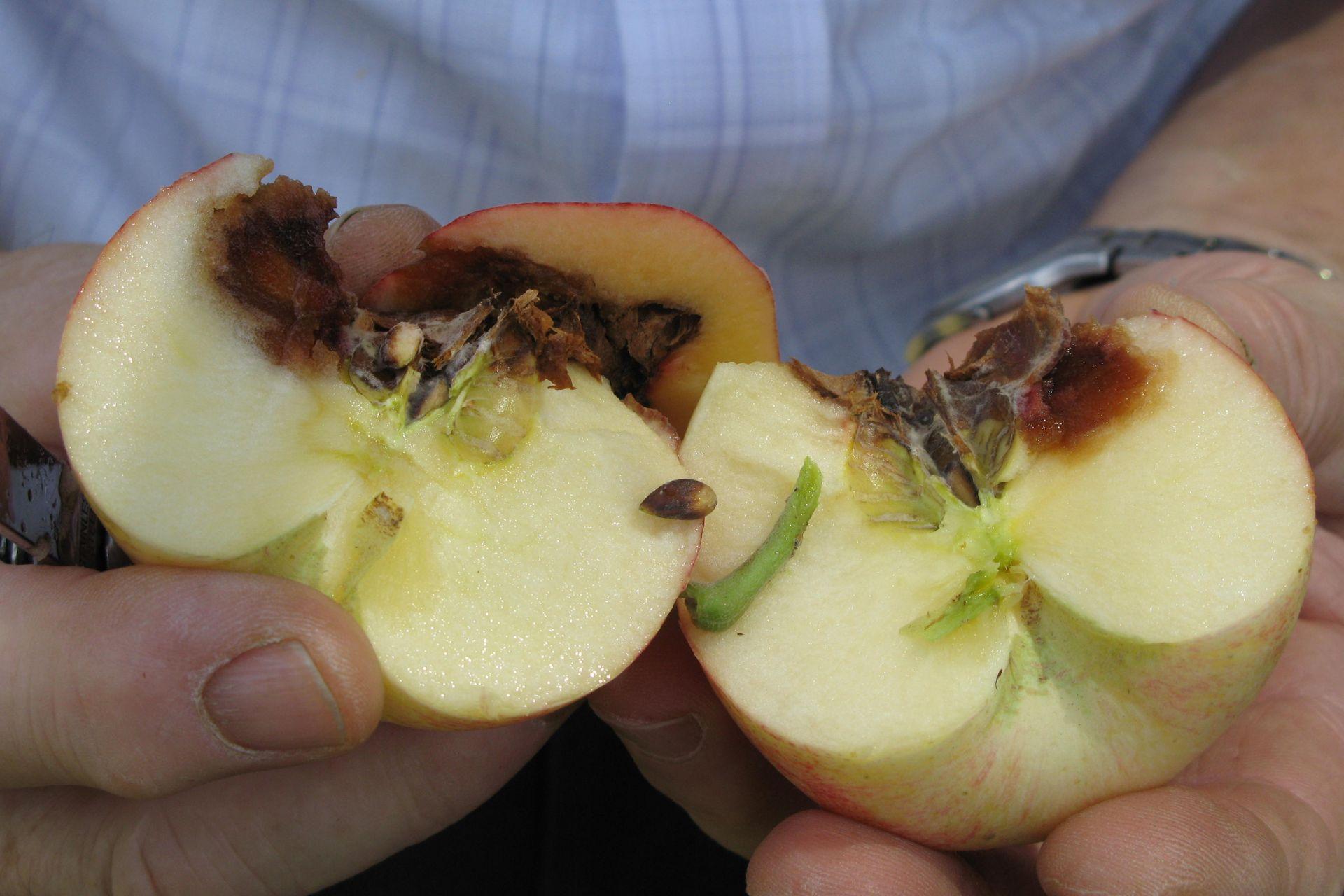
Land Grabbing
With the destruction of the soil, in parallel comes the phenomenon of the grabbing of fertile land in underdeveloped countries, to be inexorably exploited, along with the local, traditional, and indigenous peoples who work there. In a decade, 33 million hectares have been subjugated.
Hunting for the vector insect, a sign of dying scientific research
From “Louts University” comes the christening of yet another insect vector to be fought with insecticides. Phytopathogens are the frontier, not a step beyond monitoring, just surface viewing. Monitoring is the new witch-hunt, in the Middle Ages of Science. Compulsory control aside, what can dying scientific research offer dying agriculture? The funeral of the plant: grubbing-up. Meanwhile, farmers call us because they have found Autan in their agricultural products.
Decline of pollinators
Monoculture is a real threat to bees and pollinating insects in general, as practices related to intensive agriculture jeopardise their survival. This is demonstrated by the presence of pesticides in the wax of the hives and the lack of nutritional resources limited to the flowering period of monoculture. The lack of diversified nectars marks the loss of agricultural biodiversity and biological integrity of the planet. Monoculture and overuse of pesticides are proponents of this. Adopting a tree or a beehive are hardly solutions. Ecological corridors and conservation plans are pure wishful thinking.
The degradation of wild populations
In Europe, industrial agriculture is not only responsible for the decline of pollinators, but also for the 43% decrease of wild bird habitats. Maize monocultures are causing the decline of the European brown hare. Endangered species are caused by habitat loss, exploitation, pollution, disease development and the introduction of invasive species as a result of intensive agriculture.
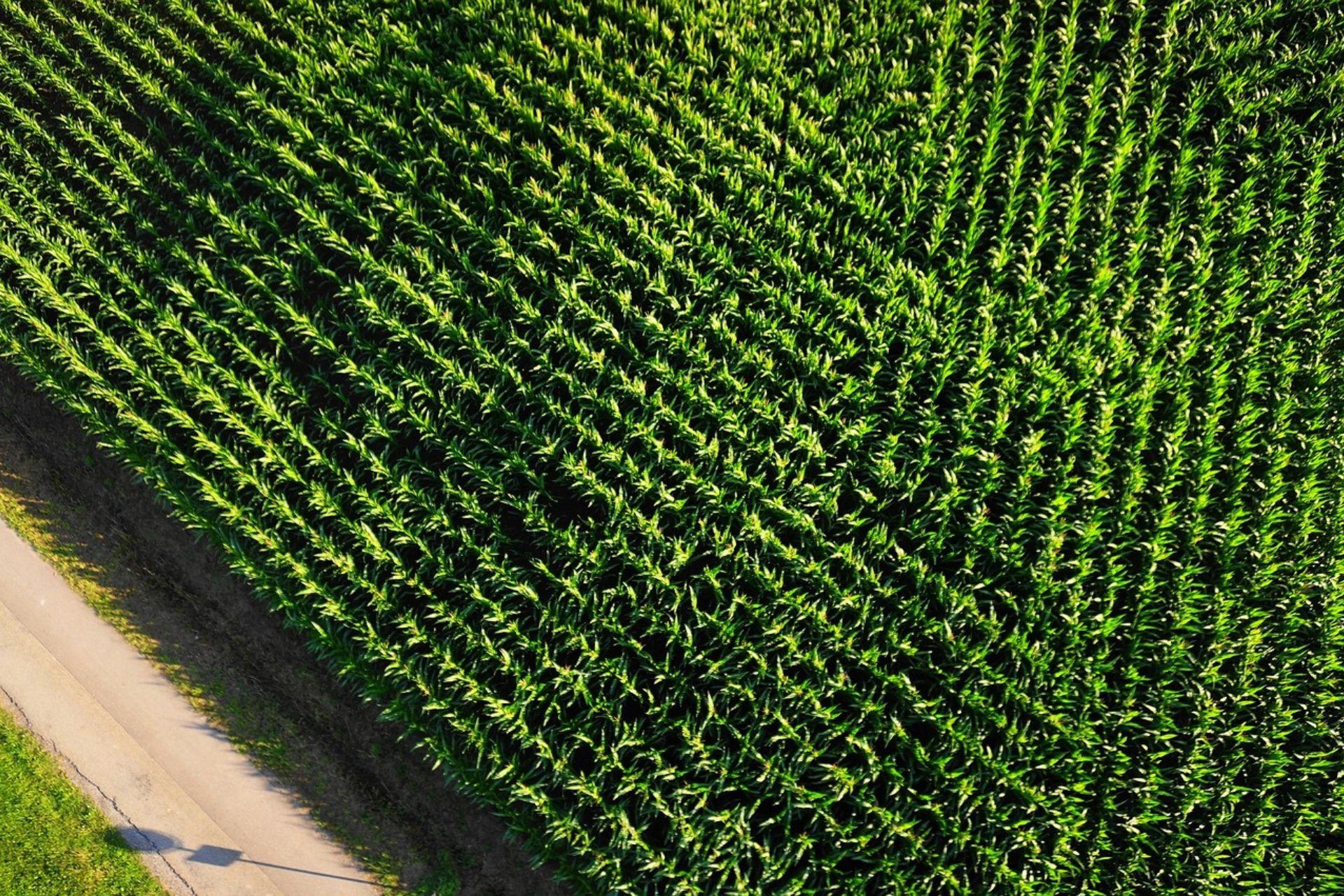
Deforestation
The increased demand for certain agricultural products in one or more countries that do not produce them has led to deforestation in other countries that have become producers. This is the case for cocoa, bananas, soya, cotton, or many other products for which no restrictive policies have been adopted on which to base international trade agreements.
Yet, again due to the above-mentioned motive, this also inspired more restricted rural areas within the same nation. Returning to the Trentino region, there is no corner in the Valle di Non where deforestation has not taken place in favour of the famous 'reforestation', i.e., the agricultural arrangement of the sloping terrain in order to expand apple cultivation. And this also applies to so-called mountain viticulture, which, in the name of love for the land, has exalted inaccessible and undisturbed corners of the Valle di Cembra, Valle Lagarina, Valli Giudicarie, and many others, where no losses induced by land exploitation have yet occurred, and therefore not yet reached by disease or not yet suffering too much from global warming.
Hydro-ecological repercussions
From Lake Serraia in Trentino to the lakes of Vico, Bracciano and Bolsena in Lazio, Umbria and Tuscany, or from Sant'Orsola's mountain strawberry cultivation to Ferrero's hazelnut groves, the environmental repercussions are apparent:
- the reckless consumption of water resources causing the lowering of maximum water table values
- the pollution of water by nutrients and pesticides used in crop treatments that leach into the water table that feeds the lakes
- the advanced state of eutrophication of the waters and the consequent damage to the ecosystem, fishing, and bathing
Repercussions that Sant'Orsola with its zero-residue blueberries and Ferrero with its toxic hazelnuts cannot avoid.
The ordinances on the use of plant protection products
The regulation of the use and spreading of herbicides/chemical pesticides/fertilisers in monoculture territories (which are limited to distances from watercourses and inhabited centres and to suspension periods during flowering and pre-harvest) and the sanctions resulting from the detection of violations of the established rules are not suitable and sufficient measures to protect the environment, public health and occupational safety, let alone to implement an agro-ecological conversion of the territory and the recovery of the ecosystem.
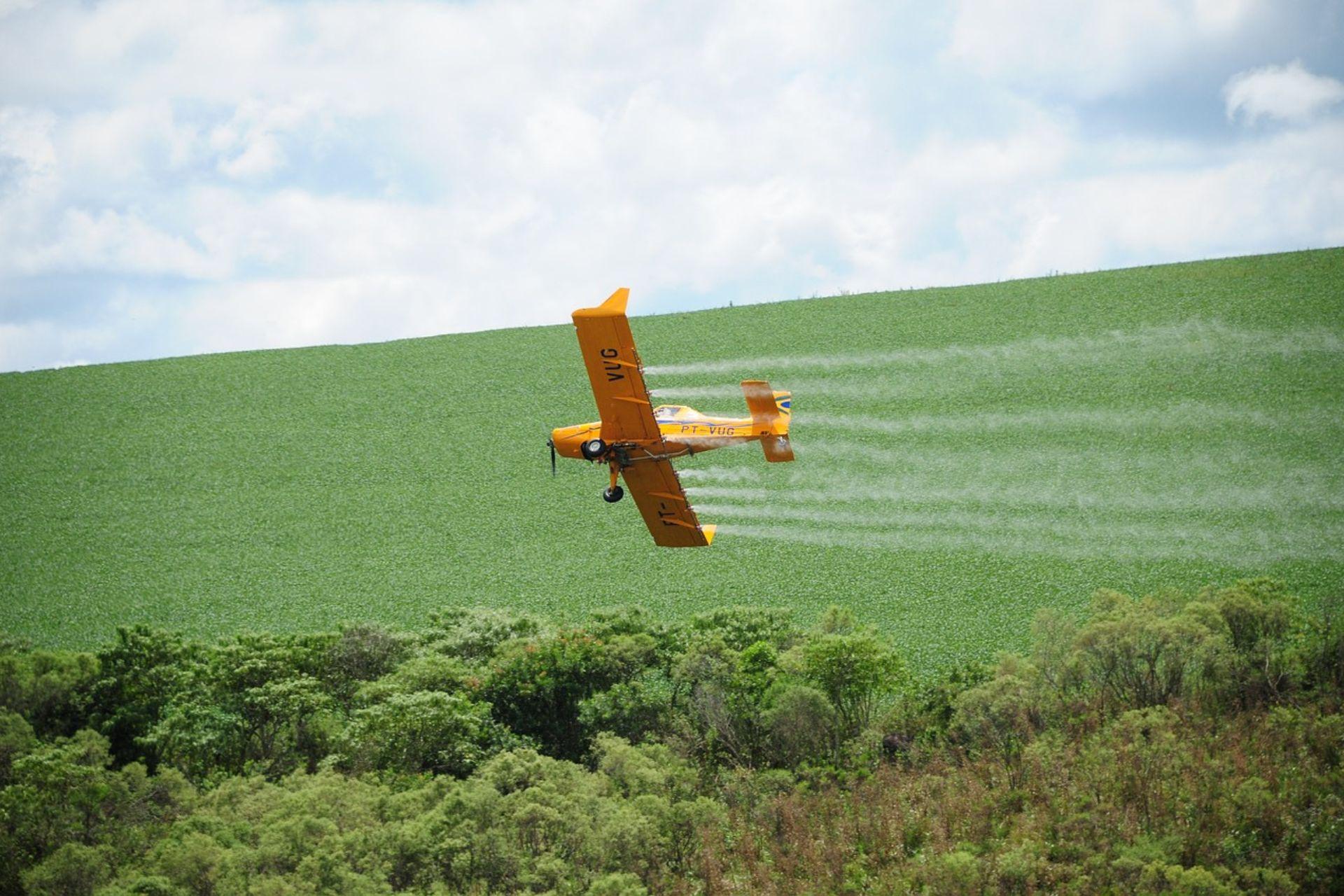
The advance of monocultures in Italy
The advance of monocultures in Italy still sees the Prosecco area in Veneto defended by the title of Unesco Heritage, which has gone from the initial 108 hectares (just over one square kilometre) of Conegliano Valdobbiadene D.O.C. production to an extension of the Prosecco D.O.C. production area over 9 thousand hectares, which has then exceeded 24 thousand hectares over 9 provinces in Veneto and Friuli, in defiance of the vaunted 'terroir' that characterises the wines.
In the Viterbo area, it is the monoculture of hazelnut groves that has distorted the landscape by supplanting woods, pastures and fields where other crops used to be grown, endangering the environment and health through the uncontrolled use of pesticides, fungicides, and synthetic fertilisers. The slogan 'I love you Italy' of the Nutella-Ferrero duo did not throw enough smoke into the eyes.
In Umbria and the Upper Tiber region, it is the intensive tobacco monoculture that generates soil degradation, the extinction of biodiversity and, given the high percentage of cancers in the area, of people as well.
In the south, in Apulia, the dying olive tree monoculture bears witness to the legacy of monocultures. Here the environmental decay smells of desertification.
Monocultures in Europe and the World
Industrial monocultures in Europe have increased to take up half of the agricultural land. Land that is in the hands of 3% of farms.
Worldwide, 1% of the world's farms manage cultivated land. It is a new form of latifundism, the financial latifundism exercised by large groups that set economic standards by forcing farmers and the supply chain to adapt to the prices that are imposed. And this means crisis for small and medium-sized farms that have not yet passed into their hands.
In Europe, 4 million small farms have been lost in ten years to those over 100 hectares and the problem of suicides among farmers has increased, especially in France. In addition, the number of obese people is growing, and cases of illnesses related to highly processed foods and unvarying diets are on the rise.
In the world, there are so many lands destined for industrial monocultures or, better, for the production of food transformed into commodities. Just think of the banana plantations in Costa Rica born from the expropriation of fertile land and the destruction of tropical forests, chemically cultivated with fungicides such as Mancozeb and Chlorothalonil and violating human rights.
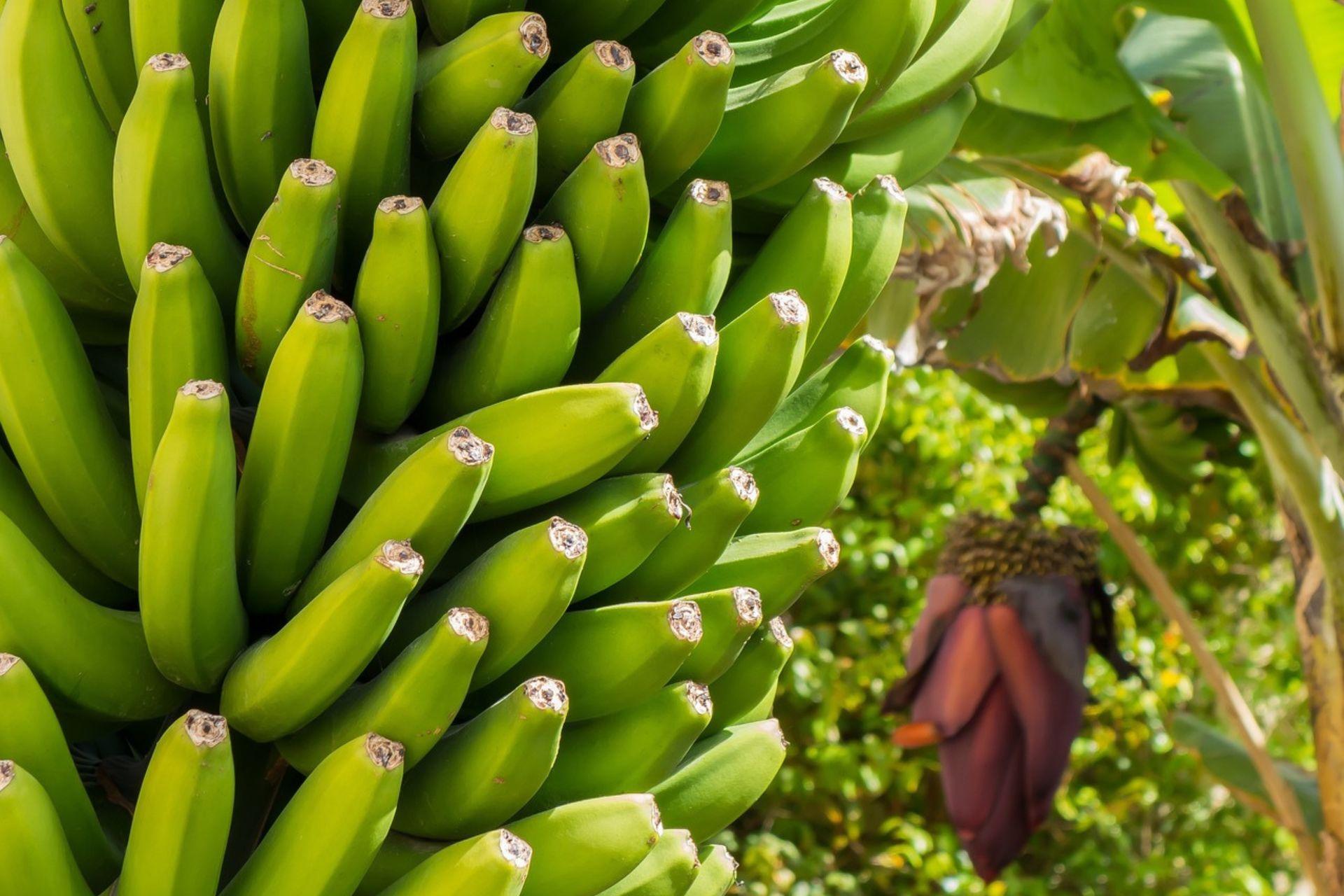
The same applies to the oil palm, in Guatemala and Latin America, Borneo (Indonesia), Malaysia and Africa, which has seen the destruction of millions of hectares of forest (40 % of global deforestation) with the complicity of European policy and those who engage in development rhetoric.
It is also true for peanuts (American peanuts) produced in Senegal with 40% of the land cultivated and the profits transferred to the France that now rejects migration. Peanuts for celebrating Saint Lucia or happy hour but also for the peanut oil used in the production of the famous Marseille soap.
We could talk at length, for example about soya, the monoculture widespread in several countries used for food and feed as well as other industrial uses. But here we should bring in GMOs and government policies.
Monocultures: standardised overproduction and large-scale distribution
Satisfying our food choices, as we move from shelf to shelf in the supermarket, is the efficiency of intensive cultivation, of monocultures in short. This is the view of the agri-food economy dominated by the large-scale retail trade (GDO).
On the other hand, how would it be possible to always have that food available without forcing the hand of production in terms of lots of poisons, lots of water and underpaid labour? How would it be possible to obtain food of low quality, of taste standardisation, without standardised overproduction?
Someone explained that two forces hold people together, that of the desire to have and that of the fear of losing. This also applies to consumers.
On these two extremes, from which purchasing behaviour also derives (e.g., spend a little to get a lot), markets develop and power relations in the food supply chains originate.
On these two extremes rest all choices, in every field, in every type of relationship, even that of man with Nature. These two extremes, deeply connected, however, have led us to a point of no return. Yes, because Man and Nature are an ecosystem.
Man, part of Nature, is left with nothing but an Alliance.